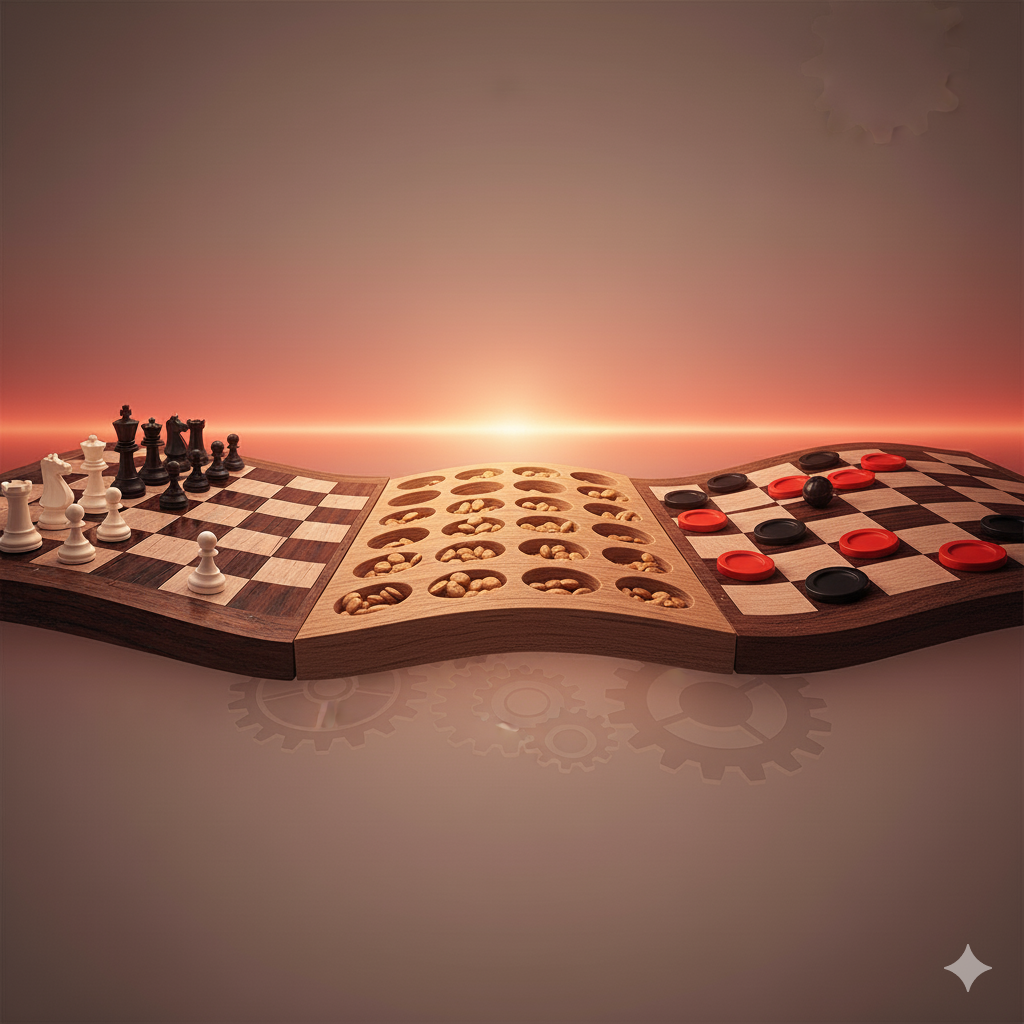Most things break under pressure.
Some things resist it.
A rare few — grow because of it.
This is the essence of antifragility, a concept forged by Nassim Nicholas Taleb in his book Antifragile: Things That Gain from Disorder.
It’s not resilience — resilience withstands stress.
Antifragility feeds on it.
Where grit endures, antifragility evolves.
Where toughness absorbs, antifragility transforms.
⚙ Fragility, Robustness, Antifragility
Taleb describes a spectrum:
- Fragile: Shatters under chaos (a glass cup dropped from a table).
- Robust: Resists chaos (a rubber ball hitting the floor).
- Antifragile: Thrives because of chaos (muscles after training, ideas after criticism, species after mutation).
Antifragility is the paradox of systems that use stress as information —
each shock is a teacher, each setback a signal.
It’s the muscle that grows by tearing,
the phoenix that uses fire as fuel,
the mind that matures through contradiction.
♞ Grit Meets Chaos
If grit is the silent endurance of the player,
then antifragility is the strategy of the system.
In chess or life, grit keeps you sitting through loss —
but antifragility learns to recode loss as intelligence.
The grandmaster’s defeats form a neural web of adaptation.
Each blunder becomes a new synapse.
Each loss sharpens the model.
Where grit says persist,
antifragility whispers adapt.
Together they define evolution itself:
the courage to stay in the storm long enough to be changed by it.
🧩 The Logic of Disorder
Taleb argues that volatility, randomness, and uncertainty are not enemies —
they are natural filters of truth.
In fragile systems, uncertainty destroys.
In antifragile systems, uncertainty reveals.
Markets crash — yet innovation emerges.
Bodies age — yet wisdom refines.
Forests burn — yet seeds awaken.
To be antifragile is to stop fearing volatility
and start listening to what it teaches.
Disorder is not chaos; it is unlabelled order waiting to be understood.
🧠 Psychological Antifragility
In psychology, antifragility means turning wounds into wisdom.
Trauma, if processed consciously, becomes data —
a feedback loop for the soul.
Every stressor, if metabolised, builds emotional muscle.
- Anxiety teaches presence.
- Failure refines humility.
- Chaos builds intuition.
The antifragile psyche does not aim to avoid pain;
it learns how to use it.
💡 Antifragility in Systems and DevOps
In complex systems — from financial markets to cloud infrastructure —
antifragility is the art of designing for failure.
A fragile system breaks when one node collapses.
A robust system survives.
An antifragile system improves because of failure —
through feedback, scaling, or self-healing mechanisms.
In DevOps, chaos engineering captures this spirit:
we break things on purpose to understand where resilience lives.
Each failure becomes a rehearsal for greater uptime.
Every outage teaches the system how to recover faster —
the code becomes more aware of its own mortality.
🕊 The Philosophy of Becoming
Antifragility is the hidden law of becoming —
what Nietzsche called amor fati, the love of one’s fate.
To be antifragile is to say:
“Let the wind blow harder — I was built to turn it into motion.”
It is a spirituality of engagement, not escape.
A devotion to uncertainty.
A faith that disorder is not destruction,
but the sculptor of identity.
🌿 The Antifragile Flame
Fire is the perfect metaphor.
Feed it chaos, and it grows.
Deny it air, and it dies.
Antifragility is the same flame within us —
fed by friction, shaped by pressure,
refined by what once threatened to extinguish it.
It is grit after enlightenment —
the ability not just to endure the storm,
but to become the storm’s intelligence.
⚖ From Grit to Antifragility
| Aspect | Grit | Antifragility |
|---|---|---|
| Focus | Endurance | Evolution |
| Relationship with Chaos | Withstands | Gains from |
| Energy | Discipline | Adaptation |
| Time Horizon | Long-term persistence | Infinite renewal |
| Goal | Strength | Growth |
Grit keeps the lamp burning;
antifragility teaches it how to turn fire into light.
🔺 Closing Reflection
In the age of constant disruption — personal, digital, planetary —
the antifragile mindset is no longer luxury; it’s survival.
To live well is not to avoid stress,
but to master the alchemy of stress —
turning randomness into rhythm,
and volatility into vitality.
“The wind extinguishes a candle,
but energizes the fire.”
— Nassim Nicholas Taleb, Antifragile
So let us not be the candle.
Let us be the fire.





